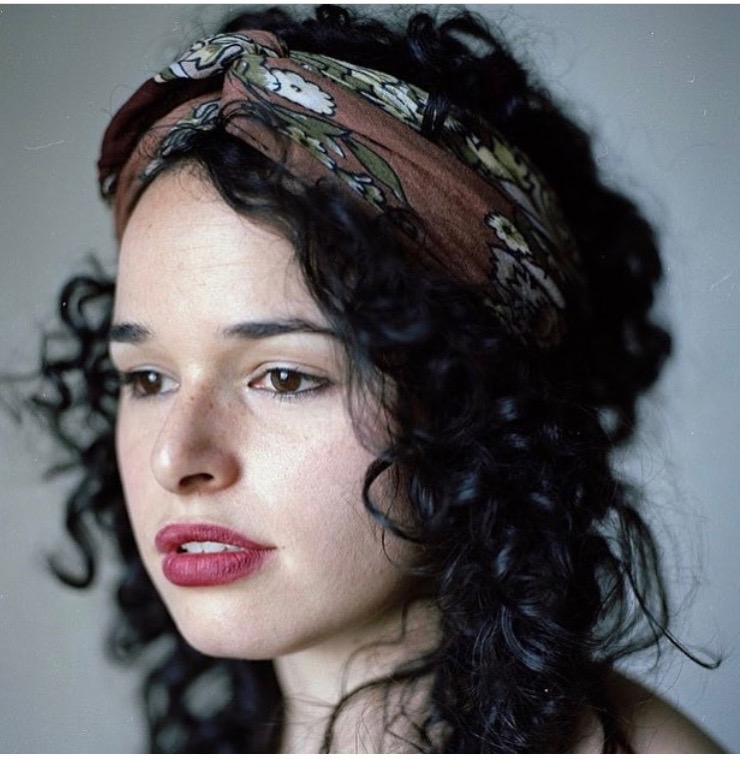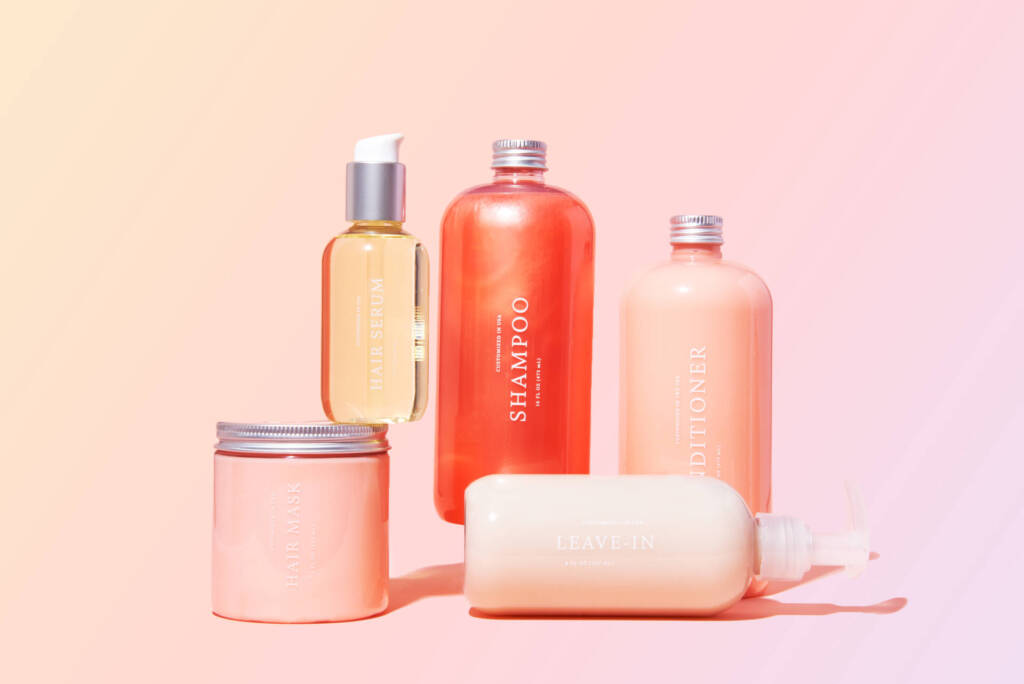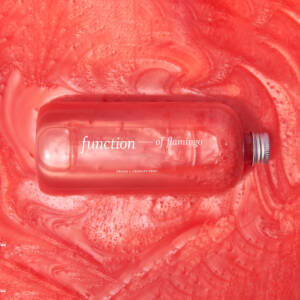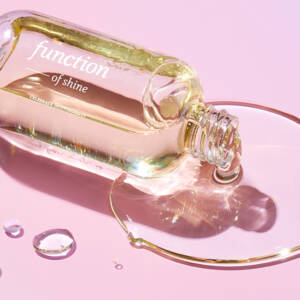I was always told I got my hair (curly, dark dark brown) from my father, though, since I’ve known him, he’s never shown much sign of hair. I was raised to believe that many ancestors on my dad’s side had this hair, and as a small child, I knew them by their black-and-white somber faces, hovering above over-exposed lace collars lining the banister of the basement stairwell. The women’s hair was almost always pinned back or rollered; particularly styled for their appropriate eras—so I could never really gauge the natural state of their features, all I could really glean from their fading replications is that they were all very dead. As a little girl, I remember always feeling a little bit special as I passed them, knowing that my wild hair had been shared by so many generations of dead people.
My mother had a different kind of hair, fine thin straight, lighter brown in a color that occasionally mysteriously transitioned. She always tried her best to mother me by handling my hair, by brushing through my tangles and curls, leaving me most of the time with a fluffed-out parachute frizz ball hairstyle with which I could do with whatever I wanted. I was the only Jewish girl in a small New England town overflowing with athletic pin-straight blondes, so I was aware of my differences long before I became aware of myself. I was never sure if the other kids on the playground didn’t like me because of my hair, or because I had been the one in kindergarten to spread the gospel that Santa Claus was only Christian parents. I tended to keep my hair out of my face where it was out of my way, usually in a pony or topsy tail, dressed with some quickly placed barrettes, which more often than not broke in half at an inconvenient time in the day. I learned to dodge the comb as much as possible, covering up the situation with floppy colorful hats and wrapped scarves. I loved a bath, but I never liked shampoo, which burned my eyes thus ruining my bath. My best look at 7 was my turquoise beaded hair wrap which I held onto for so long and refused to cut out, until one fated night when my little brother yanked it out of my head because I refused to share the piano bench. It is still in my closet, in a velveteen box.

When my parents sent me away to Jewish summer camp at age 10, I remember being excited and relieved to potentially meet other kids my age who might have hair closer to my genre of hair, who might care about the things I cared about like musicals, poetry, and JTT. The first morning I was awakened before the bell that I was told would wake me. My bunk was steaming with silicone, synthetic floral products billowed before settling in the cabin rafters like light, fluffy Care Bear clouds. Everyone, as if pre-choreographed in a religious ritual that I’d never learned in Hebrew school, was up long before the 6 AM flagpole armed with their flat irons, straightening. I wearily joined in, as everyone swapped caramel scented balms, glosses, and thermal heat shields while waiting in turn for a free outlet. Once our turn was up, we’d face the mirror and focus in on ourselves; begin to fry. Hair is what I most remember about the camp experience, the stress of waking up in time, the shame that would come if there wasn’t enough time to properly finish, the horror of what would happen after participating in a water sport or god forbid, rain.
I got my own flat iron when I returned home, and resentfully straightened my hair for the most important occasions from then on because I didn’t know what else to do. I straightened my hair every morning before class and sunrise my freshman year of boarding school. It was a ritual that I never enjoyed, being up in the dark battling a divvied section of hair, using excessive heat and product to make it obey the laws of gravity. I’m not a very patient person, and to control hair like mine and transform it into something flat was laborious, time-consuming, and dangerous—I had scars from the burns. It also required looking at myself in the mirror for longer than I’d ever wish to watch myself. And in the end, the hair never really settled right, never even looked that good. All it took was one dreaded drip for the hair to sprung back up ––regardless of my efforts, by lunchtime my roots always revealed my true nature.

One morning early on in sophomore year after spending a painful eternity looking at my own tired face in the pale light of the dormitory bathroom I made an executive decision and ditched the straightener. I remember having the particular realization that IF I spent as much time on anything else as I did trying to change my hair, I might actually get good at something. I’d spent a lot of time and effort on an idea that had come from a weird and complicated place, but it wasn’t an idea that was originally mine. I put my straightener in the free bin at the end of the hallway.
Since then I’ve let my hair take whatever shape it wants to take and hardly mess with it. I don’t expect it to do what I want. It isn’t under my control. It changes, it grows, it has moods, it makes unpredictable shapes but it does what it wants to do, just like I do—which suits us both.
Leah Dworkin is a writer and artist living in New York City. Online she goes by @frumperella. For more info visit Leahsophiadworkin.com





